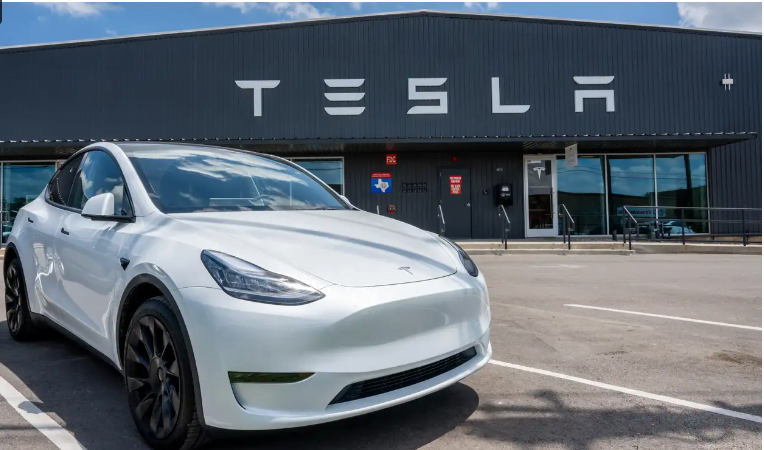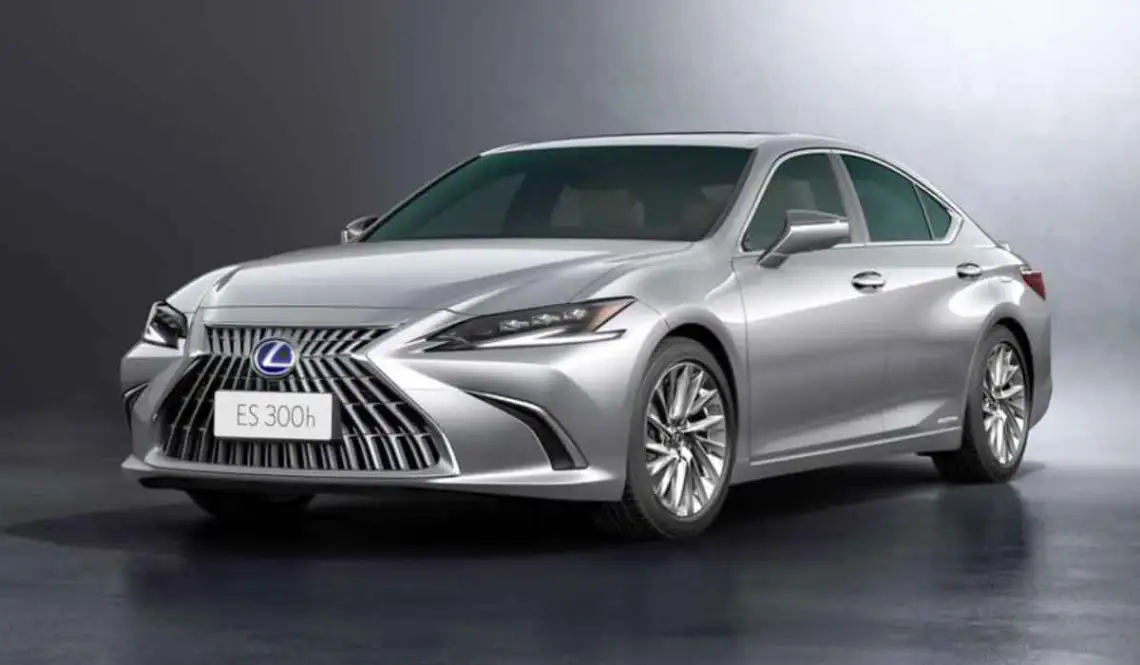Tesla: Tesla’s $15,000 ‘Full Self-Driving Beta’ Could Render Worthless Trade-In Value

Introduction:
The promise of autonomous driving technology has captivated the automotive world for years, and Tesla, led by visionary CEO Elon Musk, has been at the forefront of this revolution. With the unveiling of the “Full Self-Driving” (FSD) Beta, Tesla embarked on a bold journey to push the boundaries of self-driving capabilities. Priced at a hefty $15,000, the FSD Beta promised to bring autonomous driving one step closer to reality, allowing Tesla owners to experience cutting-edge features long before they hit the mainstream market.
However, as the early adopters lined up to embrace this groundbreaking technology, little did they know that the pursuit of futuristic automation might come at a cost they hadn’t anticipated. Reports started to emerge of Tesla vehicles equipped with the FSD Beta facing unexpected challenges and limitations, raising questions about its value and the potential impact on trade-in values. This article delves into the complexities surrounding Tesla’s Full Self-Driving Beta and its potential implications for owners looking to upgrade their vehicles in the near future.
The Hype and Hope Behind Tesla’s Full Self-Driving Beta
When Elon Musk unveiled Tesla’s Full Self-Driving Beta, the tech world buzzed with excitement. The FSD Beta was marketed as a transformational feature, capable of performing complex maneuvers, navigating city streets, and even handling stop signs and traffic lights autonomously. Tesla owners were enticed by the prospect of their vehicles becoming fully autonomous and enjoying unparalleled convenience and safety on the roads.
The Challenges of Achieving True Full Self-Driving Capability
While Tesla’s FSD Beta showcased impressive capabilities in controlled environments and under specific conditions, achieving true full self-driving is an immensely challenging task. The complexities of real-world scenarios, varying weather conditions, unpredictable human behavior, and regulatory hurdles have proven to be formidable obstacles on the road to autonomy.
Critics argued that Tesla’s marketing of the FSD Beta might have created unrealistic expectations among consumers, leading some to believe their vehicles could safely navigate all driving situations without human intervention. As reports of near-accidents and unpredictable behaviors surfaced, concerns mounted about the actual readiness of Tesla’s autonomous driving technology.
Regulatory Uncertainties and Legal Implications
Beyond the technical challenges, there are significant regulatory and legal implications surrounding self-driving vehicles. Laws governing autonomous cars differ widely from country to country and even from state to state within certain countries. Tesla owners using the FSD Beta in areas with stricter regulations or in regions where the technology isn’t approved may face legal consequences or limitations on its usage.
Additionally, in the event of an accident or collision involving a Tesla with the FSD Beta active, determining liability and insurance coverage can be extremely complex. This uncertainty raises concerns for both Tesla owners and potential buyers considering the trade-in value of vehicles equipped with this cutting-edge technology.
The Trade-In Conundrum: Value vs. Risk
For many Tesla owners who purchased the FSD Beta, their ultimate goal was to stay ahead of the technology curve and ensure their vehicles maintained high resale value. However, as the technology evolved and the potential risks became apparent, the calculation of whether the FSD Beta investment was worth it changed dramatically.
The trade-in value of a Tesla equipped with the FSD Beta can be influenced by a range of factors. Some potential buyers may be hesitant to acquire a vehicle with such advanced and unproven technology, especially if they do not fully comprehend its capabilities and limitations. Moreover, as newer, more refined versions of autonomous driving technology emerge, vehicles equipped with older iterations might face depreciation due to their outdated features.
Tesla’s Commitment to Improving FSD and Trade-In Support
Recognizing the concerns surrounding the FSD Beta and trade-in value, Tesla has actively worked to address issues through software updates and communication with its customers. The company continues to refine and expand the capabilities of the FSD Beta, seeking to improve its performance and reliability.
In addition, Tesla has been transparent about its plans to transition to a subscription-based model for the FSD Beta, allowing customers to experience the technology without committing to the full purchase price upfront. This move aims to make the technology more accessible to a broader range of customers while mitigating potential trade-in value risks.
Conclusion
The journey towards achieving true full self-driving capabilities is an arduous one, and Tesla’s FSD Beta is a testament to the complexities involved. While the technology holds immense promise for the future of transportation, early adopters must grapple with the uncertainties surrounding its trade-in value and potential risks.
As Tesla continues its relentless pursuit of innovation, owners of vehicles equipped with the FSD Beta face a unique crossroads: embrace the cutting-edge technology and its potential benefits, but also acknowledge the challenges and uncertainties that come with being at the forefront of automotive advancement. Only time will tell whether the FSD Beta will indeed fulfill its promises and revolutionize the driving experience or if its current state will remain a cautionary tale for future generations of autonomous vehicle enthusiasts.





